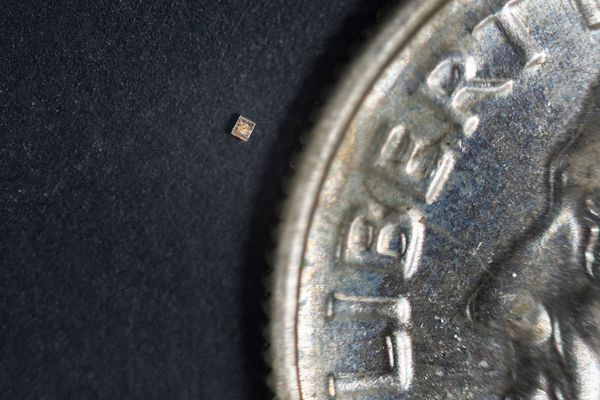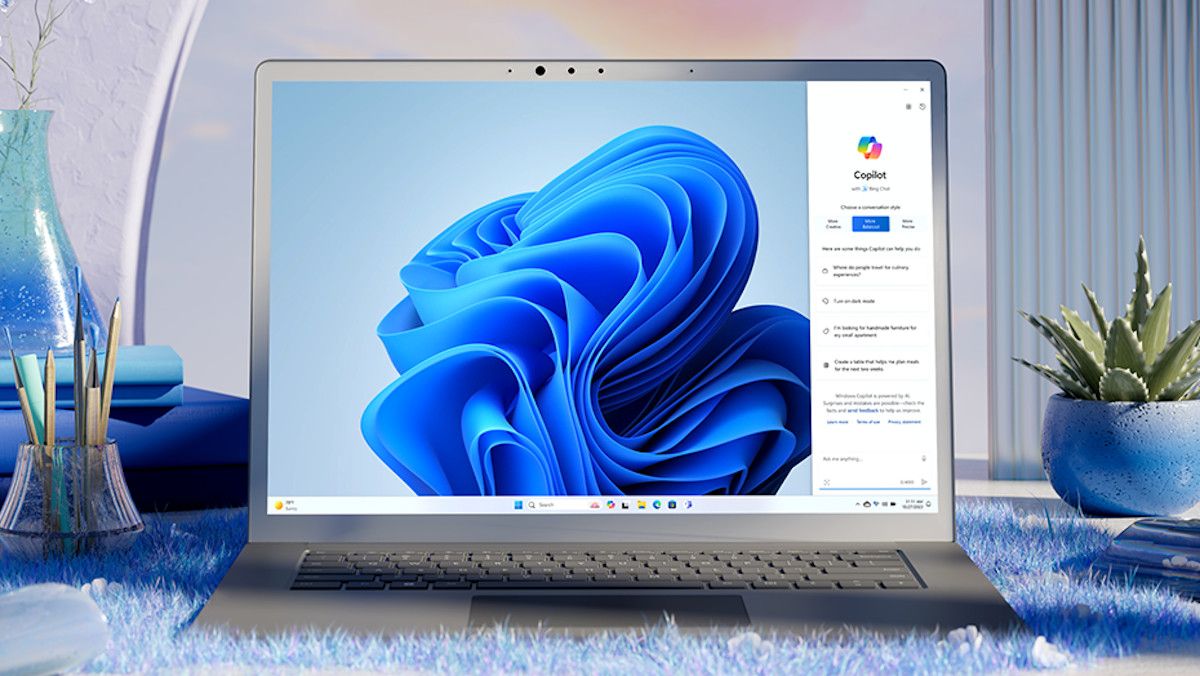I have been invested now for over seven years. It was a highly speculative investment when I first entered and one which was wholly valued by reference to AKIDA technology potential. In other words it was a research company with huge ambition.
I was invested when the now infamous words by an investment advisor were published "What's a neuromorphic chip anyway. The way I see it if it was any good it would not be on the ASX."
The mentally challenged however still cling to this now defeated argument that the Brainchip AKIDA technology is not as described by the founders of Brainchip and is not as described by Edge Impulse as being "Science Fiction" made real nor is it as described in a Forbes article as mind boggling technology.
The independent and prestigious endorsements of AKIDA technology are many and numerous and coming thick and fast yet this mentally challenged group cannot adjust their arguments to something which is even remotely intelligent despite being confronted with one of the most respected automotive manufacturers in the world stating publicly that AKIDA was five to ten times more efficient than competitors.
All this before they are suffocated by Tata Consulting Services multiple research papers proving out the superiority of AKIDA technology to the best Nvidia has to offer.
Only today I was reading a research paper which was comparing Loihi from Intel to a range of other accelerators and in the conclusion it states:
CONCLUSION
In this paper, we focused on the development and optimization of ML models designed for performing facial expression recognition at the edge. In the first phase of the research, we leveraged hardware-aware neural architecture search to optimize CNN models for deployment on four distinct edge AI accelerators. Among these edge platforms, the coral Dev Board emerged as the best option offering the lowest latency, power dissipation, and energy consumption while maintaining a high level of accuracy. In the second phase, we delved into the conversion of the CNN models into SNNs for deployment on the Loihi neuromorphic processor. To enhance the models’ performance within the neuromorphic system, we explored the impact of increasing input image sparsity through an additional pre-processing step involving edge detection. Our findings revealed that edge detection not only reduced power dissipation and energy consumption by decreasing the neural activities within SNN layers but also led to improved accuracy which can be attributed to less noisy inputs. Ultimately, we compared Loihi against edge AI accelerators in terms of accuracy, latency, power, and energy consumption. The comparison results underscored Loihi’s remarkable advantages, with approximately two orders of magnitude reduction in power dissipation and one order of magnitude in energy savings compared to edge AI accelerators while maintaining a comparable accuracy. In terms of latency, Loihi lagged behind the edge accelerators. Nonetheless, it managed to fulfill the real-time requirements with a processing speed of more than 28 frames per second.”
I do not intend to extract the document as it is on the Brainchip website showing that Nviso using AKD1000 for analysing facial expression was able to take AKIDA to over 1,000 frames per second at less than $25.00 a pop.
Is it any wonder that Intel has partnered with Brainchip and promotes it centre stage during Pat Gelsinger's keynote and why Mike Davies has moved Loihi research towards data centre applications away from the Edge and suggests that a commercial Loihi is up to five years away.
Then to nail the coffin even more tightly closed on this lost and futile argument Accenture came out in favour of AKIDA technology brilliance in the last week.
There is no intellectual credibility to be had or earned by making derogatory statements about the value of AKIDA technology.
That train has long since left the station.
The clue for all those who lack the intellect to come up with other ideas with which to attack Brainchip is to confine attacks to management and lack of commercial success. If they do so, while they will not necessarily be successful, they will not immediately be exposed as coming to the gun fight with an empty holster.
A further tip they might like to take on board is that they can probably still run the argument that Brainchip does not even have a product in the market. They will need to be quick however as we will shortly tick over into April and VVDN AKIDA Edge Box and Unigen AKIDA Edge Server are ever so close to being shipped.
Also they should be careful when attacking the commercial relationship Brainchip has with MicroChip because at CES 2024 in the Brainchip podcast the MicroChip representative stated they were now ready to take their joint offering with Brainchip to their customers.
The true investor shareholders here know there are many more partnerships and engagements publicly revealed running to at least sixty to consider and involving companies like ARM, Prophesee, Tata Elxsi, SiFive, Quantum Ventura, Renesas, MegaChips, Moschip, NASA, EDGX, Valeo. Infineon, OnSemiconductor and the like. I even published my list recently which an intelligent manipulator could dig into and try and find material to attack Brainchip over delays.
I suspect that this approach is beyond most of their capabilities and the remainder know that sitting out there like the elephant in the room is the fact that Prophesee and Sony first announced they were partnering in 2020. It was clear from their announcement that they had been engaged for some time before the announcement and it was only recently that Prophesee announced when they expected their joint product offering to become available. Prophesee like Brainchip is bringing revolutionary technology to market and stands as a comparable as to how long such an endeavour takes.
My recommendation to every true investor shareholder is to simply place on ignore those who now make claims derogatory of the AKIDA technology as their actual intent is immediately clear and any new investor will with even the most superficial of research realise quickly that such statements have no value and should be ignored.
My opinion only DYOR
Fact Finder

spectrum-ieee-org.cdn.ampproject.org


